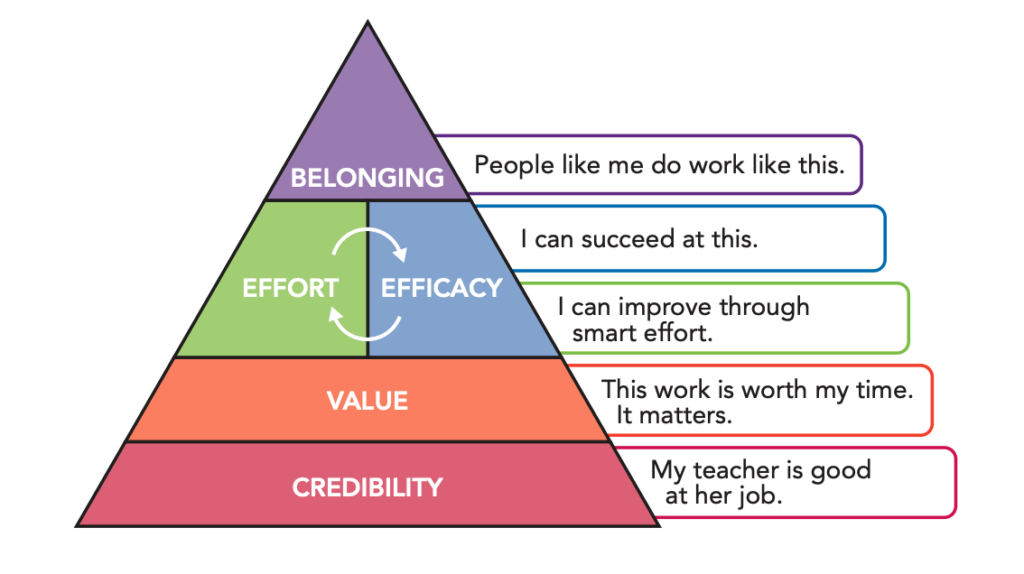Lots of times, educators seeing a decline in student motivation or engagement will try developing a sense of belonging in their classrooms. The student that doesn't want to read — let's help him think of himself as a reader. The student who “isn't a math person” — let's have him think of himself as a mathematician.
Believe it or not, Mr. Nice Guy over here thinks this is a fundamentally flawed approach to cultivating student motivation. For someone who tends to stay well out of his colleagues' business, I'm going to step right in and say: rethink that.
In case it's not clear what I'm critiquing, let me give an example. Recently I put a call out to secondary educators seeking to improve student motivation in their settings. Folks wrote in from all over the world regarding the problems they are seeing in their schools. One respondent explained as follows:
Emphasis is placed on fostering students' feelings of belonging and community.
Belonging and community are critical to human flourishing — no doubt about it. But folks typically don't get much flourishing juice out of belonging to groups of people they really don't want to belong to. You can play all the get-to-know-you games you want, do a thousand ice breakers, and use every team-building activity on the Internet, but unless your class has something that I believe is Valuable, unless you've made clear to me what kinds of Effort will help me grow…I'm still going to be watching the clock until I can leave.

This is why Belonging is at the top of the Five Key Beliefs pyramid. If you take care to do specific things that cultivate the four key beliefs below, Belonging is easy to put in place on top. Of all the labors I put in to cultivating motivation in my classroom, I put the smallest emphasis on Belonging. And yet, year after year, my students write things at year end saying that my class helped them feel like they fit in school, like they're supposed to be here, like school has something for them. That's all Belonging language — but it comes from taking pains to cultivate Credibility, Value, Effort, and Efficacy.
Once those beliefs are in place, now you can point out to the student that he's a reader, that she's a mathematician. Because now you've got PROOF. They've experienced success (Efficacy); they've been taught smart effort and that effort's been reinforced (Effort); they've had a chance to both hear and create Value angles for your course; and they've been taught by someone who has signaled care, who knows what they're doing, and who is passionate (Credibility).
My book's section lengths are made to reflect this.

See how small the Belonging section is? That's on purpose. Only one of the 10 strategies I unpack in the book focuses on Belonging. Because when you do good work with the bottom four beliefs, Belonging gets thrown in, too.
Best,
DSJR
Leave a Reply